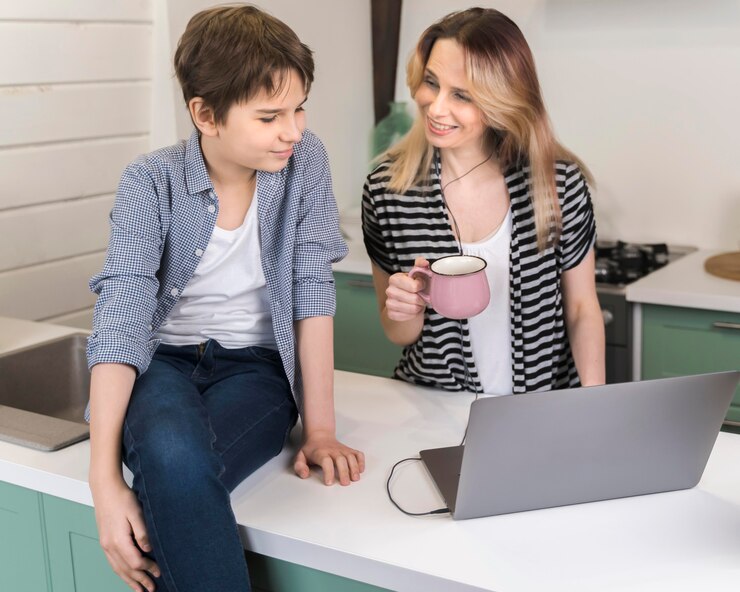What are the best tools when working with teenagers? Are there specific techniques for dealing with this age group? What personal characteristics can we use to improve results when working with teenagers? We will discuss all of these issues in this article.
You’ve probably heard the word teenager a lot and it seems like it’s hard to deal with the topic at hand. It seems like adolescence is a dark period and often labeled negative, but far from this vision, there is another that sees it as a world of possibilities. Before knowing how to work with a teenager, we must understand what happens and what are the real changes that accompany this stage.
Adolescence begins with puberty and is the transition from childhood to adulthood. The beginning of adolescence is marked by anatomical and physiological changes that occur in the body and are usually progressive. These occur at 10-11 years of age in girls and between 12-13 years of age generally in boys. Puberty is the physical changes that occur mainly due to sexual hormones (testosterone, progesterone, and estrogen), although individual genetic aspects also influence.
During adolescence, many changes occur in a very short time. It is a psychological process linked to the social and emotional growth that arises in each person. From this point of view, each person continues to mature emotionally and sexually throughout their life, improve their knowledge, and define their desires and needs, but it is in adolescence above all when they begin to be aware of having to make decisions to transform the projected image and self-concept.
During this period, physiological, psychological, intellectual, and social changes will occur that will place each person before a new way of understanding two worlds, the internal and the external, assuming the challenge of facing their contradictions.
Taking into account biophysiological, psychological, intellectual and social changes is essential when working with an adolescent.
How to work with all these changes?
Young people at this stage are constructing a definition of themselves, they are faced with a body that changes and grows, and they experience emotions that test their capacity for self-control. They move from a childhood in which the child makes a superficial analysis of his or her behavior about a social context that he or she sees as simple, to one in which the adolescent makes a deep analysis of his or her behavior, being able to perceive the complex nuances that can occur in a social environment.
To work with a teenager and, above all, to avoid breaking off communication with him, it is best to know where he is and, as time goes by, to give him more room to do so. In some way, people who live with teenagers have to take on the challenge of growing with them, of negotiating with them. Let us think that they are beginning to become aware of their individuality, which in many cases makes them feel great uneasiness in the face of truth: it is very difficult for someone to understand or comprehend how we feel as a whole.
When they see an adult as a figure with whom they can talk and express their concerns, without being dismissed as unimportant or easy to resolve, it is easier for the transition to occur without barriers appearing. Work improves when it is carried out with empathy, offering help and not imposing it .
How to enhance these features?
At this time it is important to work on young people’s self-esteem; they need to know themselves, search for themselves discover their path, and feel good about these discoveries.
Another important aspect is communication. How can we work on it with teenagers? In general, this age group seeks concrete ideas, reasoned and understandable orders, and, above all, to focus on assertiveness. Many young people are carried away by impulses and exalted moods. Training assertive communication skills allows them to express themselves appropriately and thereby improve their social relationships and, indirectly, their self-esteem.
During these years it is a time to try and experiment, to understand that the responsibility of adults is to give accurate information and educate, to offer alternatives and support, beyond this, the final decision of the young people is their actions and their consequences.
Despite distancing themselves from their family, by putting more effort into the social field to be accepted or maintain their position in their group of friends, teenagers need to feel that home is still that refuge to which they can turn. They may despise or criticize many things about it, but this does not mean that they do not need it. The same thing happens with the people around them. We would do well to remember this.

